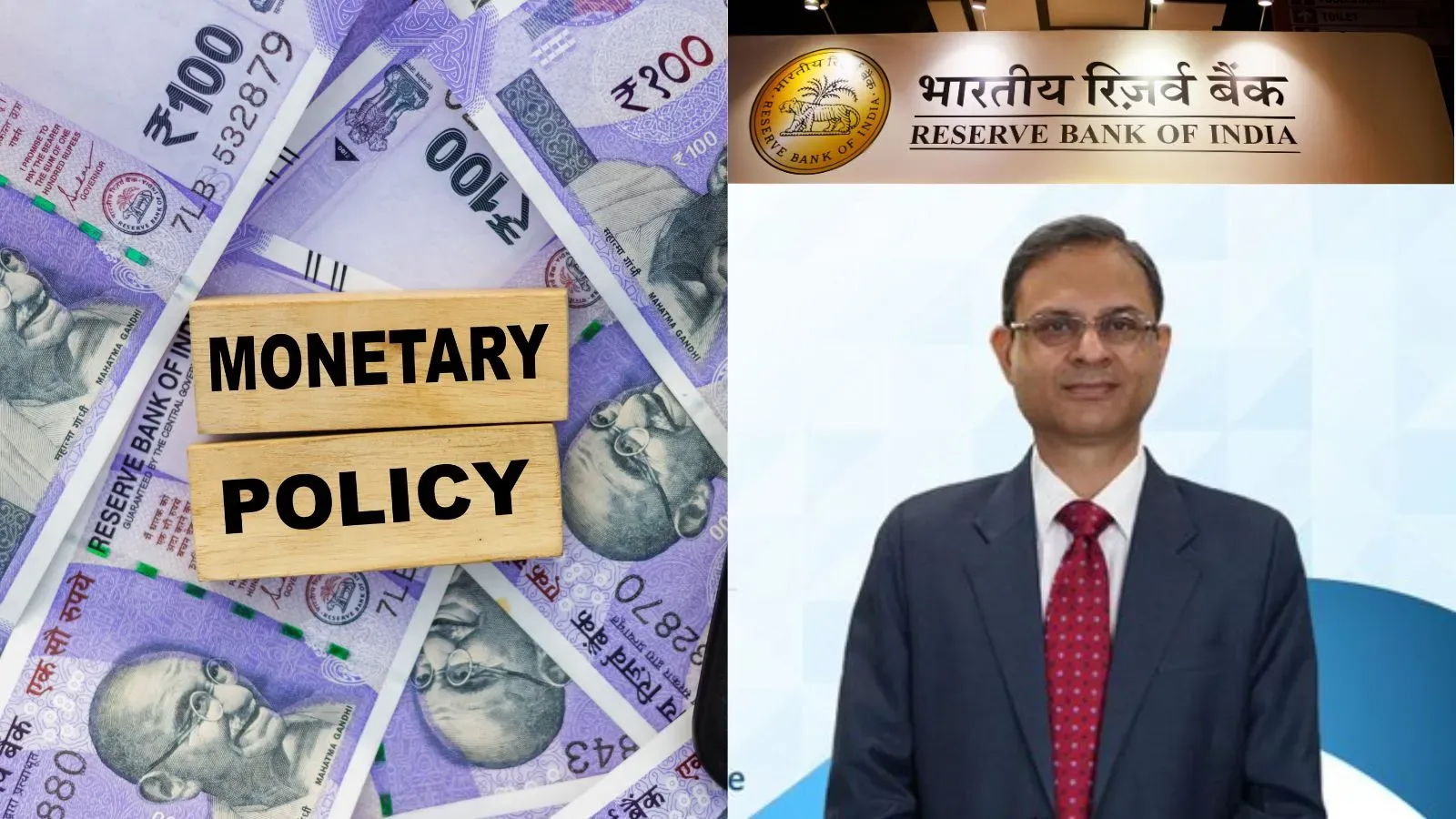Business News
Do you need a new PAN card? What happens if you don’t have one? All about PAN 2.0
.png)
4 min read | Updated on November 28, 2024, 12:43 IST
SUMMARY
The Indian government has approved the PAN 2.0 project, a major overhaul of the Permanent Account Number (PAN) and Tax Deduction and Collection Account Number (TAN) services. PAN 2.0 introduces a unified portal for end-to-end services, such as issuance, corrections, and Aadhaar-PAN linking, alongside eco-friendly, paperless processes and enhanced data security.

The ₹1,435 crore PAN 2.0 Project will introduce QR-enabled PAN cards.
This explainer delves into the PAN 2.0 initiative, addressing its key features, benefits, and implications for taxpayers while clarifying common misconceptions to help users navigate the modernised system with ease.
What is PAN 2.0?
PAN 2.0 revolutionises the management of PAN and TAN by consolidating multiple platforms into a unified portal under the Income Tax Department. This single-window system offers end-to-end services such as PAN allotment, corrections, e-PAN issuance, and Aadhaar-PAN linking. The project also introduces eco-friendly, paperless processes and robust data security measures, including a PAN Data Vault for protecting taxpayer information.
Key features and benefits of PAN 2.0:
Union minister Ashwini Vaishaw at a Cabinet briefing said the new PAN card will come with a QR Code, leaving many existing cardholders guessing about the feature. However, the finance ministry later clarified that the QR Code is not a new feature. It has been part of PAN cards since 2017-18. Under PAN 2.0, the cards will get a dynamic QR code displaying the latest data from the PAN database.
What changes for existing PAN cardholders
Current PAN cardholders need not apply for new cards and the existing cards remain valid. No new PAN card will be issued unless a specific request for updates or corrections is made. Those without QR codes can upgrade to new cards with this feature under the updated system.
While the importance of PAN in taxation and compliance is well-known, clarity on who is required to obtain a PAN and the penalties for non-compliance remains essential.
Who should get a PAN?
According to the Income-tax Act, the following individuals and entities must apply for a PAN:
-
Any person whose total income or the income of another person they are responsible for exceeds the taxable limit.
-
Charitable trusts required to file returns under Section 139(4A).
-
Any person conducting a business or profession with total sales, turnover, or gross receipts exceeding ₹5 lakh in a financial year.
-
Anyone engaging in transactions where quoting a PAN is mandatory.
-
Non-individual residents and their associated persons whose financial transactions during a fiscal year exceed ₹2.5 lakh.
What happens if you don’t comply?
Failure to comply with PAN-related requirements can result in penalties under Section 272B of the Income-tax Act:
Under PAN 2.0, the system has been enhanced with improved logic to identify duplicate PAN requests. This centralized and advanced mechanism will help minimize instances of individuals holding more than one PAN.
By signing up you agree to Upstox’s Terms & Conditions
About The Author
Next Story

